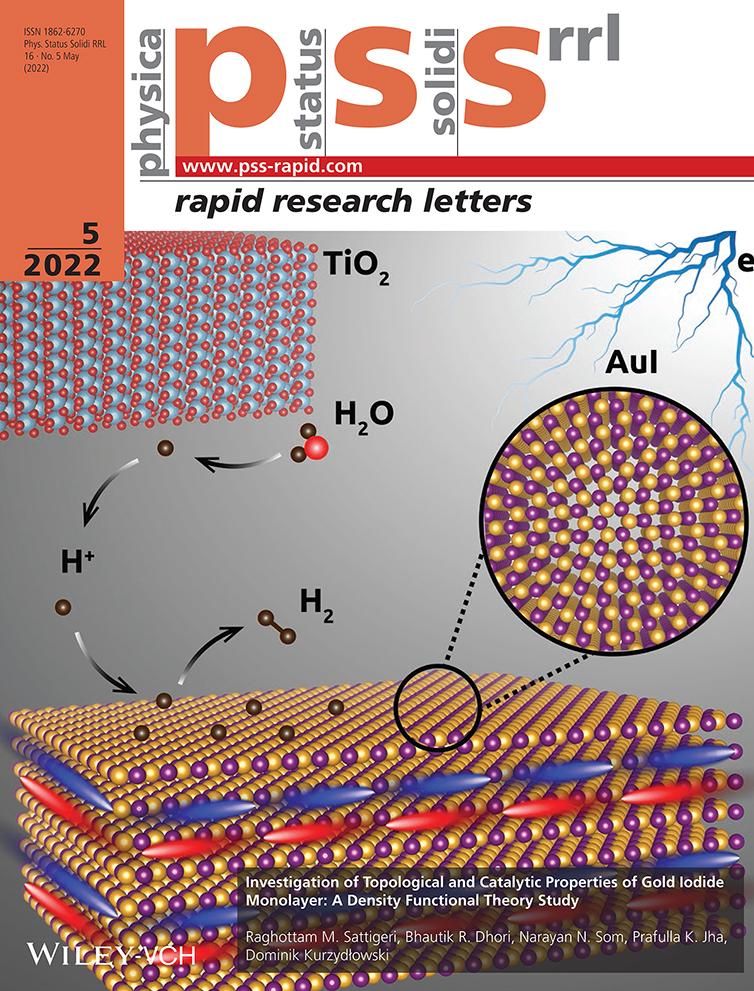Experimental Evaluation of 3D Heat Flow Using Magneto-Thermoelectric Effects in a Ferromagnetic Nanowire
Abstract
Herein, a systematic measurement of magneto-thermoelectric voltage induced in a ferromagnetic permalloy nanowire under the operation of a laterally configured nanospintronic device is performed. It is shown that the angular dependences of the magneto-thermoelectric signals with various probe configurations can be quantitatively understood by the combination of the magneto-Seebeck and anomalous Nernst effects. Surprisingly, the contribution of the transverse magneto-Seebeck effect becomes significant in a certain probe configuration, indicating the importance of the transverse heat flow. These results allow us to analyze the 3D distribution of the heat flow inside the permalloy nanowire. The present demonstration indicates that the magneto-thermoelectric effect is a powerful and reliable tool for analyzing the heat distribution in nanostructured devices.
Conflict of Interest
The authors declare no conflict of interest.
Open Research
Data Availability Statement
The data that support the findings of this study are available from the corresponding author upon reasonable request.




